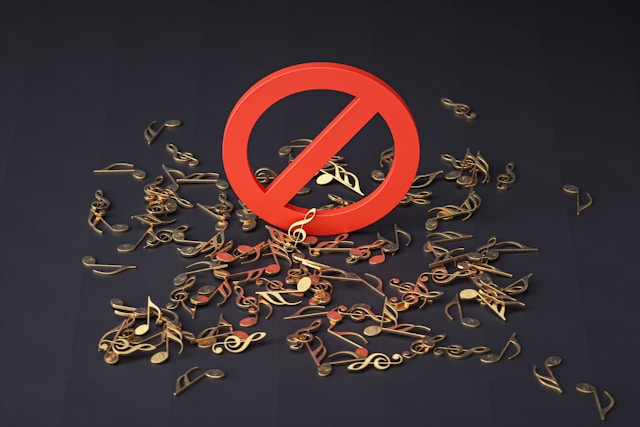Accusations of song theft can strike a dissonant chord. However, understanding copyright law and the history of copyright-protected musical works can help you navigate such accusations. The music industry is a nuanced landscape, but there are some basics to know that will be helpful not only if you are ever accused of copyright infringement, but also in preventing unintentional copyright infringement in the future.
Brief History of Copyright Law
Multiple types of copyright infringement exist, including direct, contributory and vicarious copyright infringement. However, the roots of copyright law in music trace back to the early days of the United States. The Copyright Act of 1790 marked the beginning of formal copyright protection for musical compositions, which are the written elements of a song created by a songwriter.[1] The scope of copyright law expanded with the Music Modernization Act of 2018, which granted federal protection for sound recordings in addition to musical compositions to further broaden the range of copyright-protected works.[2] A sound recording, often called a “master,” is the tangible recording of a musical composition.[3] This means that the copyright holder for a composition is not always the same artist as the copyright holder for a sound recording. For example, Otis Redding wrote the composition to “Respect” and Aretha Franklin later recorded a version of his composition.[4] This means that Redding owns the composition while Franklin owns her sound recording of his song.[5] If you find yourself accused of copyright infringement of either a musical composition, a sound recording, or both, here are some tips on how to move forward:
- Research Copyright Protection
- Determine if the musical elements you used are copyright-protected. For example, the landmark case Gray v. Perry clarified that although melodies are copyright-protected, ostinatos (continually repeated musical phrases or rhythms), chord progressions, ideas, song titles, building blocks in various scales, instrumental solos, sound and feel are not.[6]
- Consider Fair Use
- Evaluate Public Domain Use
- Determine if you have been accused of infringing a song published in 1928 or earlier. These songs exist in what is known as the public domain, so no one can claim ownership of them.[9] For example, the “Happy Birthday” song is in the public domain, therefore anyone can use it without fear of infringement accusations.[10]
- Evaluate De Minimis Use
- Determine if your use of the song was de minimis, which is a defense applicable in copyright infringement cases, particularly in digital sampling cases. For example, if you only use a small part of a song to incorporate into your own new work, courts often apply the de minimis principle to avoid excess litigation over trivial matters.[11]
- Request Proof of Copyright Ownership
- Ask the accuser to provide proof of ownership of the copyright. A copyright exists once the original work is put in a tangible medium of fixed expression.[12] However, you can also request that the accuser show you their copyright registration that they received from the copyright office upon registering their work.[13]
Conclusion
Accusations of using copyrighted music without proper authorization can be daunting, but with the right approach, you can protect yourself should you be accused. Navigating copyright infringement claims can be done with confidence by conducting thorough research, considering fair use, evaluating public domain and de minimis use, and requesting proof of ownership. Seeking legal advice from a member of our team may further bolster your defense and ensure compliance with copyright laws.
Contributions to this blog by Yiran Wang.
Photo by 愚木混株 cdd20 on Unsplash





